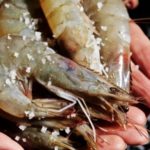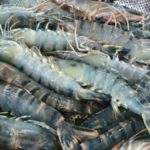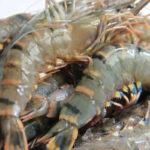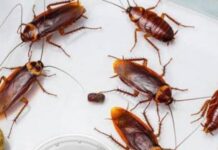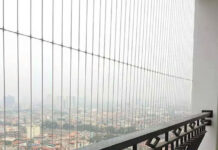Shrimp is a food product that is easily contaminated with chemicals or impurities to increase its weight and keep it fresh for longer. Most housewives are aware of this situation. Therefore, how to distinguish shrimp contaminated with impurities is something that many people are concerned about.
Distinguishing shrimp contaminated with impurities
On the Health & Life newspaper, Associate Professor Dr. Nguyen Duy Thinh – former lecturer at the Institute of Biotechnology and Food Technology, Hanoi University of Technology, explains that pumping impurities into shrimp affects the health of consumers, especially when those substances are not in the list of permitted food additives or when they are not produced for use in food.
Eating shrimp contaminated with impurities in the long term can be harmful to the digestive system, causing mild food poisoning, diarrhea, and more seriously, the accumulation of toxins and impurities in the body, leading to chronic diseases.
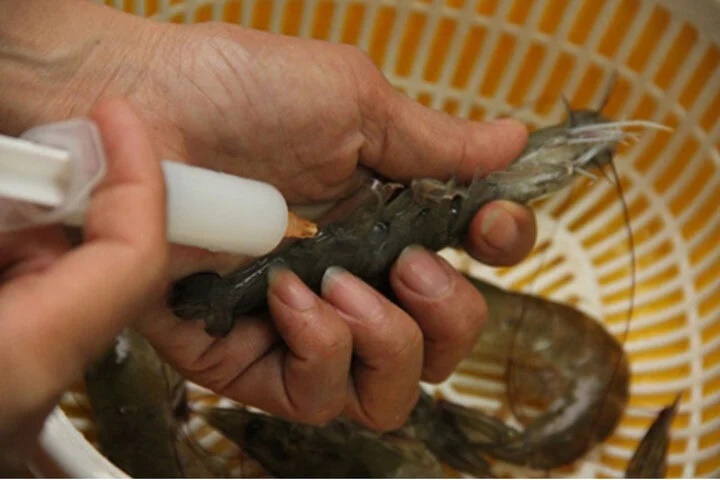
You need to know how to distinguish shrimp contaminated with impurities to ensure the safety of your family’s meals. (Photo: Dan Viet)
Shrimp contaminated with impurities is mostly small shrimp. The impurities used are usually carrageenan, starch… or small, low-value shrimp that are ground. They are mixed with water to form a viscous solution that is then injected into the shrimp.
If you buy dead shrimp or frozen shrimp, you can distinguish shrimp contaminated with impurities based on the following signs:
– If the shrimp is stiff and straight, it has been pumped with impurities. Normal shrimp have a soft and curved body.
– The shell of contaminated shrimp is hard and swollen, while the shell of normal shrimp is soft and flat.
– Shrimp contaminated with impurities often has a thick, abnormally swollen body, so that the segments on the shrimp’s body are almost stretched out, especially the segment between the head and the body.
– Shrimp contaminated with impurities, when freshly dead, is often swollen-headed, with raised thorns, and a spread-out tail. The head and body of the shrimp quickly separate. When cooked, the shrimp will release a lot of water and the flesh will shrink. The meat is soft, with a fainter taste than normal.
– If it is shrimp contaminated with impurities, when cooked, you can easily see a layer of carrageenan between the meat and the shrimp shell, especially in the head portion, below the gills.
According to Associate Professor Dr. Nguyen Duy Thinh, to avoid buying shrimp contaminated with impurities, you should buy live shrimp that are still moving, even swimming. If you buy dead shrimp or frozen shrimp, you must observe carefully.
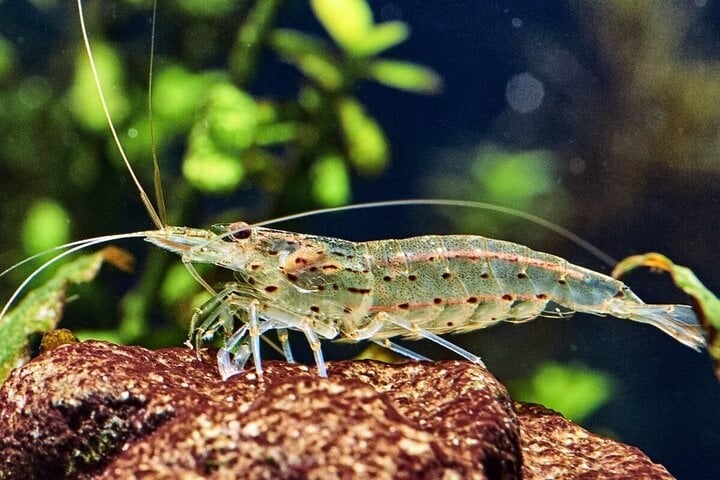
Buy live shrimp to avoid buying shrimp contaminated with impurities (Photo: AquaSnails)
You should choose shrimp with dark and shiny shells, soft bodies, firmly attached to the head, and the tails evenly folded down. Especially, the shrimp must have complete antennae, legs, thorns, and feet.
In case you have to buy frozen shrimp or ready-to-cook shrimp, you should check by holding the head and body of the shrimp and pulling it straight out gently. If the joints on the shrimp shell fit together tightly, it is fresh and clean shrimp; if these joints are loose and the head is detached, it is old shrimp and may have been pumped with impurities.
How to preserve fresh shrimp
Many people, due to their busy schedule, have the habit of storing food, buying shrimp and keeping them in the refrigerator. When brought out for cooking, the shrimp often have black heads. To avoid this situation, you should choose to buy live shrimp, cut off the antennae, then wash them thoroughly and drain the water before preservation.
After the shrimp is drained, you should arrange them in a food container and sprinkle some white sugar on them, then shake well. Put the shrimp in the freezer or refrigerator compartment to preserve at low temperatures.
When frozen, the shrimp meat will not be attacked by bacteria, causing spoilage. The white sugar will prevent the shrimp heads from turning black and the shrimp from sticking together. When cooking, you can easily remove each shrimp.
You should not store shrimp for too long (best within 30 days) because leaving them for too long will cause them to lose their nutritional value.
According to VTC news
How to Choose Fresh Seafood: Important Cabinet Tips
In recent years, concerns have been raised over the practice of injecting urea and chemicals into seafood, making it difficult to find safe and fresh options. To help, DienmayXANH.com offers some tips on how to select the best seafood available. Seafood is a rich, delicious, and nutritious source of food, and this advice will help ensure you make the most of it.


























